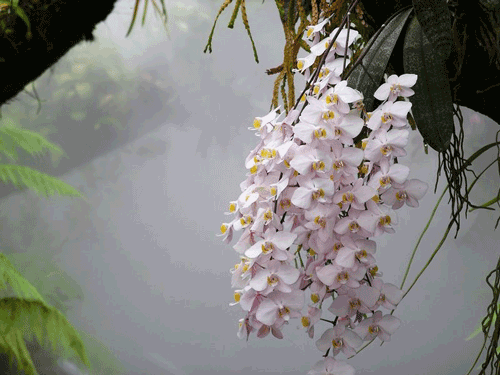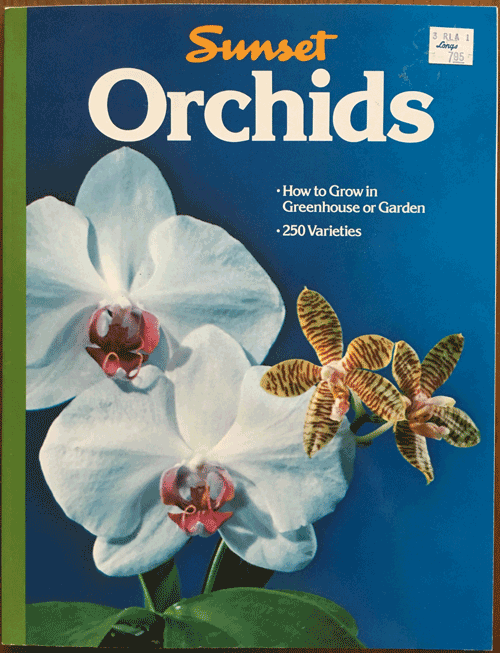Adopting an Orchid
Have you ever received an orchid as a gift, only to feel deficient because it immediately drops its beautiful blooms or dies altogether? Wouldn’t it be nice to have a mini how-to guide, written specifically for gift recipients?
I have in mind something along the lines of:
How to receive a live orchid into your home:
- Set your expectations.
Even the healthiest orchid will react to the change in environment with yellow and dropped leaves. It's also normal for the orchid to not bloom again for a year or more. (Did you know that your orchid was probably grown in a hot house and hydroponics? Your home is most likely quite a bit dryer, to say nothing of differences in light and temperature.)
And, of course, orchids enjoy the reputation of being temperamental and very difficult to keep. It's perfectly fine to simply enjoy your gift while it lives and compost it without regret.
- Follow the instructions on the tag.
The nicer quality plants come with generous tags, like this one for a Country Girl (Nobile Dendrobium).
 Orchid Tag Front
Orchid Tag Front  Orchid Tag Back
Orchid Tag Back
So, start with placing your new plant in the temperature and sun exposure the tag suggests.Give your plant water and food per the tag. A helpful lady at our local San Lorenzo garden center lifted my plant from its pot and showed me how the roots look. Like verdant udon noodles. "That's how you know your plant has enough water."
If you didn’t get a sufficiently helpful tag, you’ll have to do some research (see step 4).
- Watch for new shoots.
If your orchid is happy in its new location, it will put up new shoots. Try googling “new shoots <orchid type> orchid images” to see what new shoots look like for your orchid.
New blooms come from new shoots. Older stalks will bloom too, but on a longer cycle. It’s common for orchids to not bloom again on the same stalk. It could be a year or more before your orchid blooms again. In the meantime, relax, observe, and be curious.
If your orchid isn’t putting up new shoots, it probably needs more water, and maybe food. Also, you can try switching to distilled water which is more like how orchids get their moisture in nature: from rain on their exposed roots.
 Phalaenopsis, Philippinensis National Orchid Garden, Singapore
Phalaenopsis, Philippinensis National Orchid Garden, Singapore - Enjoy the learning process.
I was lucky enough to unearth in my own library a classic Sunset book, Orchids. (I’ve always loved Sunset books, not least because Jean and Bill Lane endowed the wonderful Lane Lecture Series at Stanford.)
 Sunset Orchids Book Cover
Sunset Orchids Book Cover
I was also delighted to find repotme.com, a colorful site with all sorts of interesting topics to explore, including an eye-opening array of root-exposing pots, for when your orchid is ready for a new (or more suitable) pot.
A big thank you to Hank Charlton for his orchid gift and expertise.


